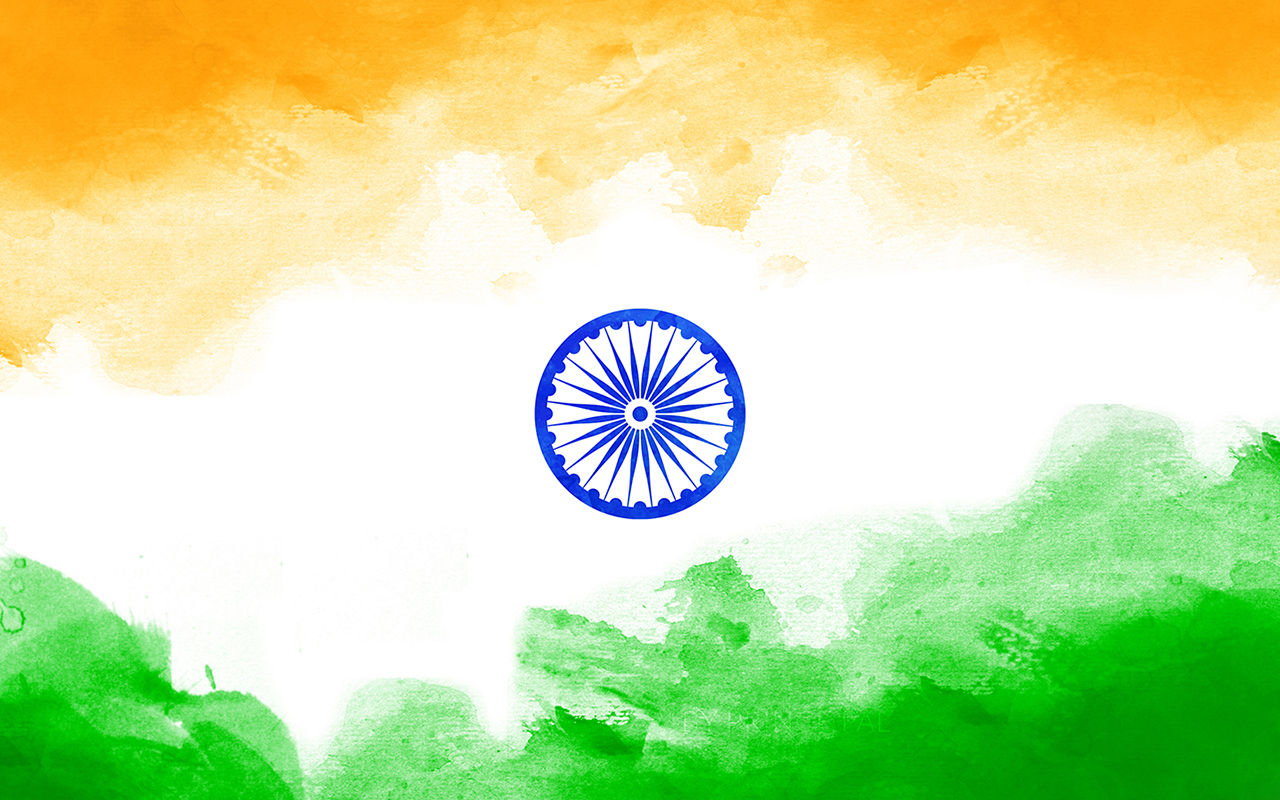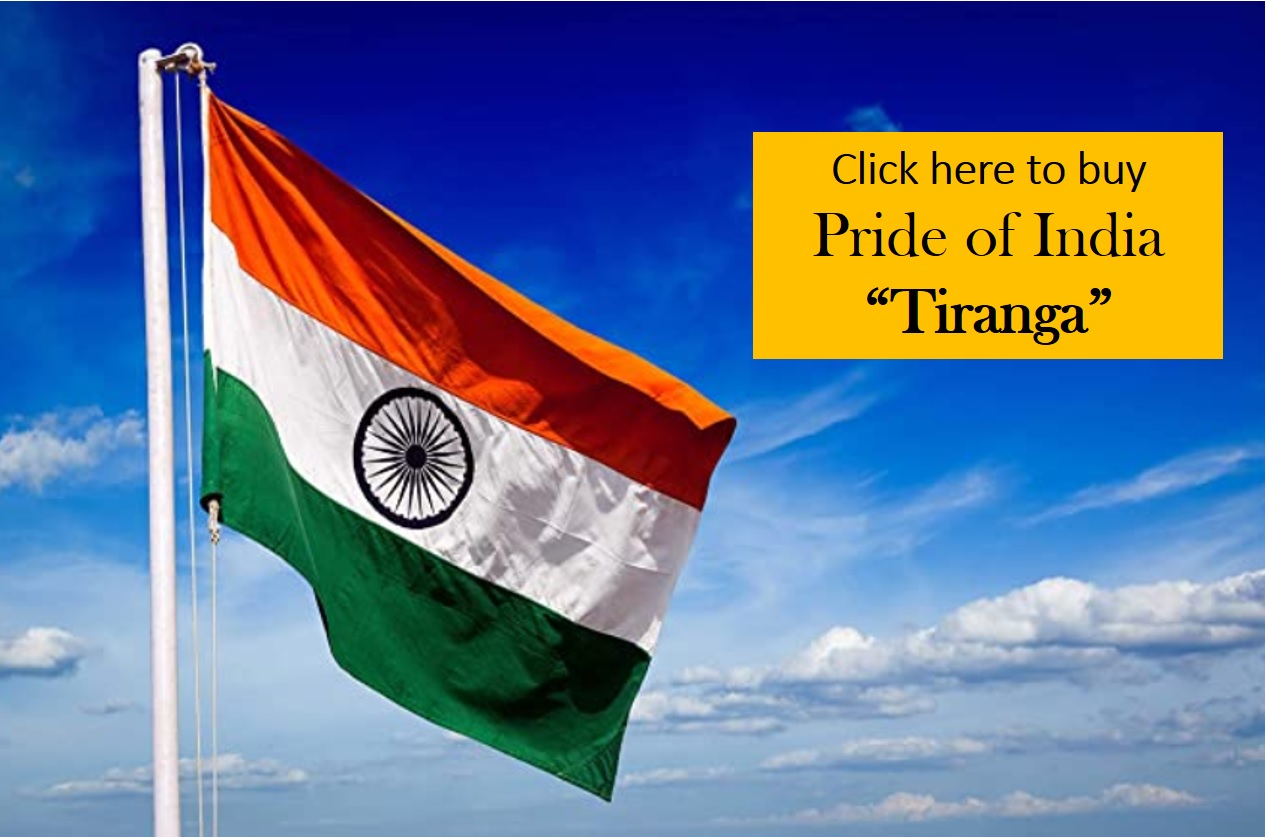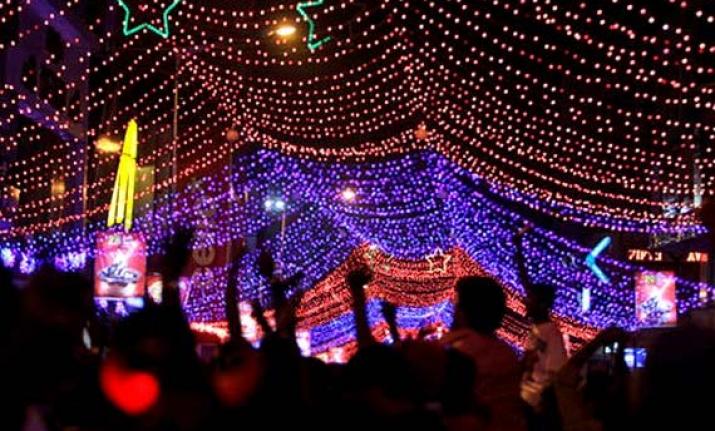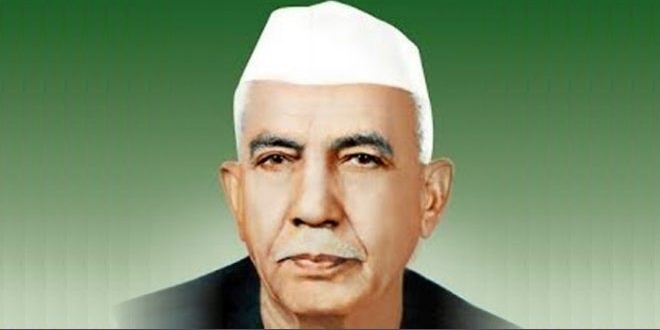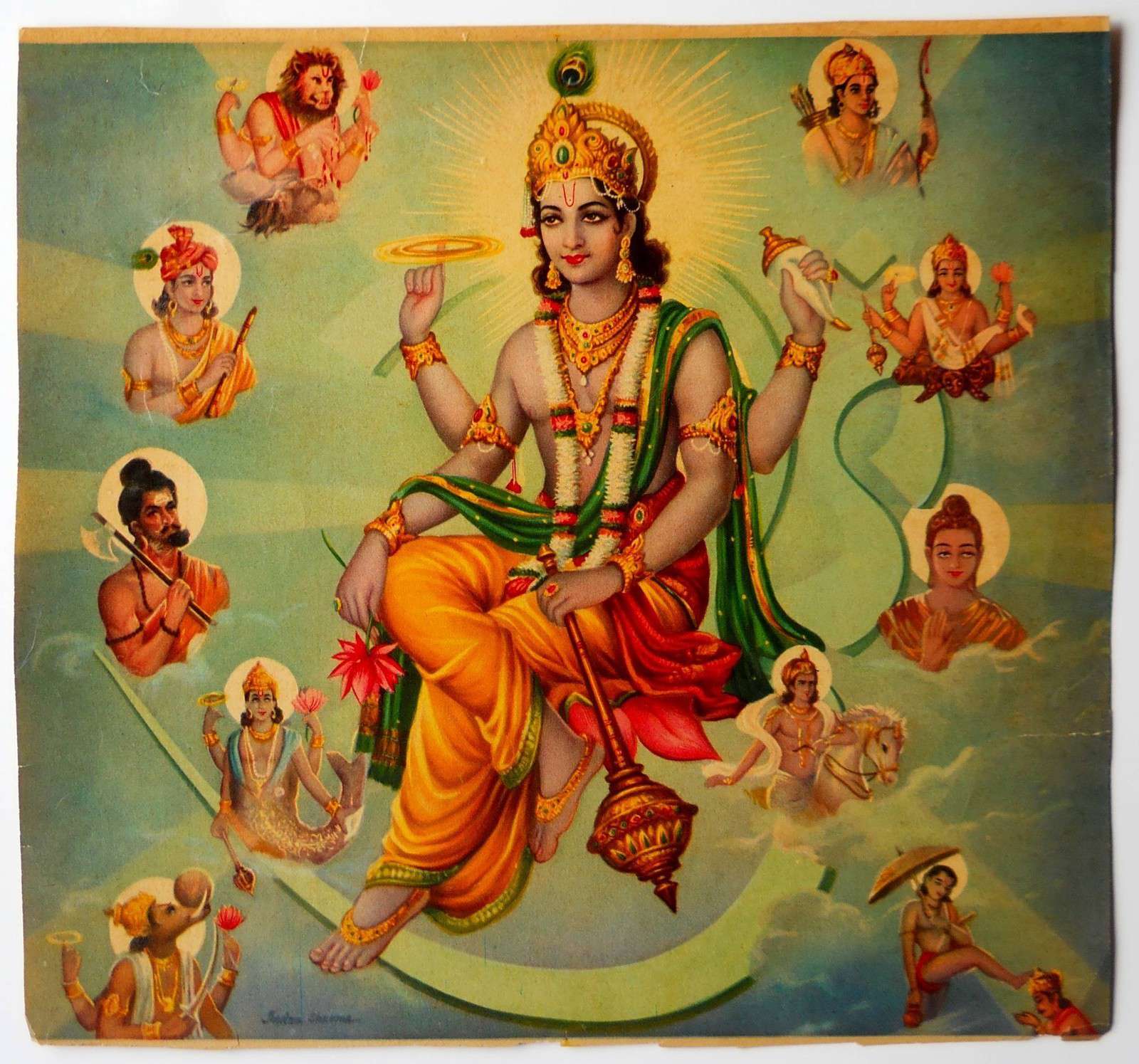खुशनसीब हैं वो जो वतन पर मिट जाते हैं, मरकर भी वो लोग अमर हो जाते हैं
What is the significance of a National Flag for a country?
Every country possesses a national flag that serves as a symbol of pride, identity, and unity. The flag represents the nation as a whole, embodying its values, principles, and heritage.
While some may view the flag as mere fabric, its significance runs deeper. It holds the innate power to unite an entire nation with the unbreakable bond of love and pride for their motherland.
Regardless of our current location or nationality, the sight of our national flag evokes a deep connection to the land we call home. It carries a unique charm that resonates with our hearts and reminds us of our roots and shared sense of belonging.
The national flag stands tall as a representation of a country’s history, struggles, and achievements. It waves with dignity, reminding us of the sacrifices made by our ancestors and the progress we’ve made together as a nation.
As citizens, we should never overlook the significance of our national flag. It is a powerful emblem that unites us all under one banner, fostering a sense of unity, patriotism, and pride for our beloved homeland.
Flag Hoisting Protocols and Manufacturing: A National Tradition
Every country follows its specific protocol for flag hoisting and manufacturing, and India is no exception. India has its own flag code known as the “Flag Code of India.”
Challenging the Restrictions: Naveen Jindal’s Fight for Flag Hoisting Rights
Before the year 2002, the act of hoisting the flag was restricted to certain authorized individuals, and common citizens were not permitted to do so. However, Industrialist Naveen Jindal challenged this restriction and filed a case asserting that flag hoisting should be considered a fundamental right of every Indian citizen.
Undeterred by the directives to remove the National Flag from his factory premises, Naveen Jindal pursued a legal battle that lasted for seven years. His determination and perseverance led to a significant victory in 2002 when the courts ruled in his favor, recognizing the right of every Indian citizen to hoist the flag.
Emergence of a Fundamental Right: Victory in Naveen Jindal’s Legal Battle
Naveen Jindal’s efforts not only secured the right of flag hoisting for all Indians but also set a precedent for upholding individual rights and liberties in the country. His courageous stand exemplifies the spirit of asserting fundamental rights and freedoms in the pursuit of a just and equitable society.
How can I buy Indian Flag Tiranga online?
It is very important to take care of the flag and follow certain guidelines to keep it safe. You can buy online flags also for your office and school functions. Many people keep their flags at home and place them.
What does Article 19(1) say?
Chief Justice V.N. Khare, leading the bench, emphasized that the right to freely fly the national flag with respect and dignity is a fundamental right guaranteed to every citizen under Article 19(1) (a) of the Constitution of India. The act of flying the flag serves as an expression and manifestation of an individual’s allegiance, sentiments, and profound pride for the nation.
Moreover, this right applies not only to citizens but also extends to private educational institutes, central and state government entities, agencies, and organizations. According to guidelines, the Indian national flag must always be accorded a position of honor and should be distinctly displayed in any setting, embodying the reverence and significance it holds for the country.
Why there are 3 different colors in ‘Tiranga’
The Indian people hold immense respect for our national flag, which is lovingly referred to as “Tiranga.” Its name is derived from the three vibrant colors it proudly displays: Saffron, White, and Green, each carrying its own profound significance. These colors symbolize the rich moral values deeply rooted in the Indian soil.
The national flag of India, affectionately known as “Tiranga,” is named so because of the presence of these three colors.
During the adoption of the National Flag by the Constituent Assembly, Dr. S. Radhakrishnan eloquently described the profound significance of the colors and the chakra (wheel) present in the flag. His thoughtful explanation resonated with the assembly members, who unanimously embraced the Tiranga as a cherished emblem of our nation’s values and unity.
- Saffron Color: The saffron color, also known as Bhagwa, signifies the spirit of renunciation and disinterestedness. It represents a call for our leaders to be indifferent to material gains and selflessly dedicate themselves to their work. Positioned at the top, Saffron symbolizes the strength and bravery of the nation. It pays homage to the valiant freedom fighters, serving as a profound reminder of their indomitable spirit and sacrifices.
-
White Color: The white in the center embodies the essence of light and truth, guiding our conduct on the path of righteousness. It symbolizes peace and truth, calling for a nation that upholds integrity and harmony in all endeavors.
-
Green Color: The green color represents our deep-rooted connection to the land and plant life, upon which all other forms of life depend. It reflects prosperity, growth, and fertility, serving as a tribute to the bountiful motherland, India.
Together, the three colors of the National Flag of India, Saffron, White, and Green, weave a tapestry of values, strength, truth, and prosperity, embodying the aspirations and ideals of a unified and vibrant nation.
Ashoka Wheel in the Tiranga
The Ashoka wheel positioned at the center of the white band in Tiranga holds profound symbolism. It represents the wheel of the law of dharma, which signifies righteousness and moral values. Additionally, the wheel denotes motion, symbolizing progress and advancement.
The blue chakra with 24 spikes signifies the passing of time, representing the 24 hours in a day. It serves as a reminder that life is in constant motion, and stagnation can lead to decline and stagnancy. Emphasizing the importance of change and progress, the wheel encourages India to embrace transformation and move forward.
The dynamic nature of the wheel signifies the peaceful pursuit of change. It signifies that India should not resist progress but instead move with determination and resolve towards a brighter and prosperous future.
The size and shape of our national flag, “Tiranga,” are carefully crafted to encapsulate these powerful symbols, reflecting the values, dynamism, and progress that India aspires to achieve on its journey of growth and development.
Why Ashoka chakra in Tiranga is blue in color?
The Ashoka Chakra at the center of the National Flag ‘Tiranga’ is of navy blue color, representing the vastness of the sky and ocean. The Chakra consists of 24 spokes, symbolizing the wheel of Dharma or the principles that guide life.
The Indian national flag is of a rectangular shape with precise proportions. The standard sizes of the National Flag, “Tiranga,” are as follows:
- Length: Twice the width of the flag.
The Ashoka Chakra with its navy blue hue and 24 spokes adds to the significance and beauty of the National Flag, while the precise rectangular shape ensures that the flag represents the nation with dignity and uniformity.
What is the Proportion and Size of Indian Flag?
Indian Flag is designed in the proportion of 3:2. Few of the recommended Flag dimensions in mm are:

Which material is used to make Indian Flag?
Various materials can be used to fabricate a flag, but Polyester stands out as the most suitable choice. It is known for its exceptional durability, making it ideal for outdoor use. Polyester exhibits a longer lifespan compared to other materials, mainly due to its superior resistance to external factors like wind. This resilience enables a Polyester flag to withstand harsh weather conditions, ensuring easy hoisting even in extreme climates.
Apart from Polyester, the Indian flag can be crafted using cotton, silk, or special Khadi material. Each of these materials possesses its unique characteristics, making them suitable for specific purposes and occasions.
While Polyester is favored for its durability and outdoor resilience, cotton and silk flags are often used for ceremonial and decorative purposes due to their elegant appearance. Khadi material, on the other hand, holds significant cultural and historical significance, often associated with India’s freedom movement, and is sometimes used to represent the country’s heritage and traditional values.
Ultimately, the choice of material for the Indian flag depends on the intended use, durability requirements, and the occasion for which the flag is being used.
Karnataka Khadi Gramodyoga Samyukta Sangha (KKGSS): The Authorized Manufacturer of India’s National Flags
Karnataka Khadi Gramodyoga Samyukta Sangha (KKGSS) holds the exclusive authorization for the manufacturing and supply of the National Flags of India in Bangalore, India.
The Khadi and Village Industries Commission has officially certified KKGSS as the sole manufacturer and supplier of the Indian flags for the entire country. With a team of approximately 100 skilled weavers and an equal number of spinning specialists, they diligently work to produce these flags.
KKGSS takes great pride in their responsibility and commitment to crafting the Indian flags, ensuring that each flag is made with utmost care and precision. Their dedication to preserving the nation’s symbol and upholding the principles of Khadi and village industries reflects their significant contribution to India’s heritage and patriotism.
Crafting India’s National Flags with Precision: Adhering to BIS Standards at KKGSS, Bagalkot
The Bureau of Indian Standards (BIS) sets specific size and dimension standards for the manufacturing of India’s National Flags.
The KKGSS unit in Bagalkot supplies the material required for crafting the flags. Once obtained, the material undergoes a dyeing process in three distinct colors, corresponding to the three iconic hues of Tiranga. Three separate lots of cloth are dyed in these standard colors, and the blue chakra with its 24 spokes is skillfully printed on the white fabric.
After dyeing, the three colored pieces are cut into the desired sizes and meticulously stitched together. For this process, high-precision sewing machines imported from Japan are employed to ensure the blue chakra appears perfectly overlapped on both sides of the flags.
Maintaining the ratio of 3:2, the flags are crafted with utmost care and attention to detail. Each flag undergoes inspection by the BIS, and even the slightest issue results in the rejection of the entire lot. This rigorous adherence to standards guarantees that every flag produced by KKGSS is of the highest quality and meets the exacting requirements set forth by the Bureau of Indian Standards.
The Procedure of Making the “Tiranga” (Indian National Flag)
- Hand Spinning: The process begins with hand spinning the raw materials to create fine threads required for weaving the flag.
- Hand Weaving: Skilled weavers use the hand-spun threads to meticulously weave the fabric, creating the base for the “Tiranga.”
- Bleaching and Dyeing: The woven fabric is then subjected to bleaching to achieve a pure white color. Afterward, the fabric is dyed in three distinct colors – Saffron, White, and Green – representing the Indian National Flag’s iconic tricolor.
- Blue Chakra with 24 Equal Spokes Printing: The final step involves printing the blue Chakra, consisting of 24 equal spokes, at the center of the white band of the “Tiranga.”
- Stitching and Toggling: The dyed and printed pieces of fabric in the three colors are expertly stitched and toggled together to form the complete Indian National Flag, proudly displaying the spirit of the nation.
Code of conduct for National Flag
The Indian Home Ministry emphasizes strict adherence to the Indian Flag Act of 2002, which serves as the governing legislation for the use and display of the national flag in India. The Flag Code provides a comprehensive set of laws and guidelines to ensure the proper and dignified treatment of the flag. Key aspects of the Flag Code pertaining to the Tiranga (Indian National Flag) are as follows:
- General Description of the National Flag:
- The Tiranga follows a specific height-to-width ratio of 3:2, as established by the Flag Code in 2002.
- Only specific materials like cotton and special khadi are permitted for manufacturing the national flag, though alternative methods may be used due to limited availability of skilled weavers.
- The flag should have precisely 150 threads per square centimeter and four threads per stitch, with a weight of 205 grams per square foot.
- The center of the white strip of the flag features the Ashoka Chakra, adorned with 24 spikes, in navy blue color.
- Display Guidelines:
- The Flag Code outlines rules for displaying the national flag in offices, private organizations, schools, and educational institutions. For example, when two flags are displayed horizontally on a wall, their hoists should face each other, and the saffron color should be on the topmost side.
- Respectful Display:
- The code sets rules for displaying the National Flag in Central or State Government offices, agencies, or organizations with utmost respect.
- During times of mourning, the flag should be flown at half-mast, signifying lowering it to half the distance between the top and the guy-line (or half of the staff in its absence). Before lowering it to half-mast, the flag should be raised to the top of the mast and then slowly lowered. If other countries’ flags are present with the Indian flag, only the Indian flag is flown at half-mast.
The Flag Code ensures that the national flag is treated with the utmost respect and dignity, preserving its sanctity and significance as a symbol of the nation’s pride and unity.
15 Facts about National Flag Tiranga
15 Facts about National Flag “Tiranga”|जानिए राष्ट्रीय ध्वज “तिरंगा” के बारे में 15 Facts
Also Read:
Know all about Republic Day of India, celebrations, history, facts
